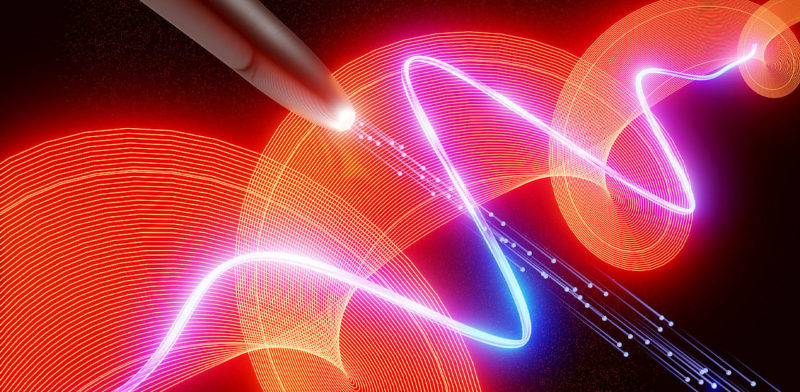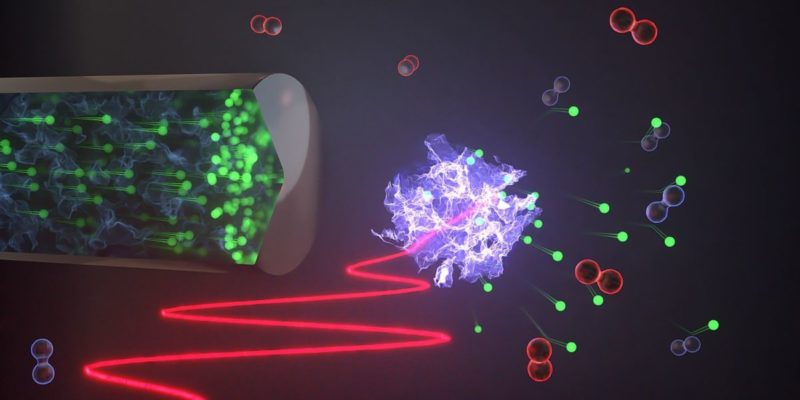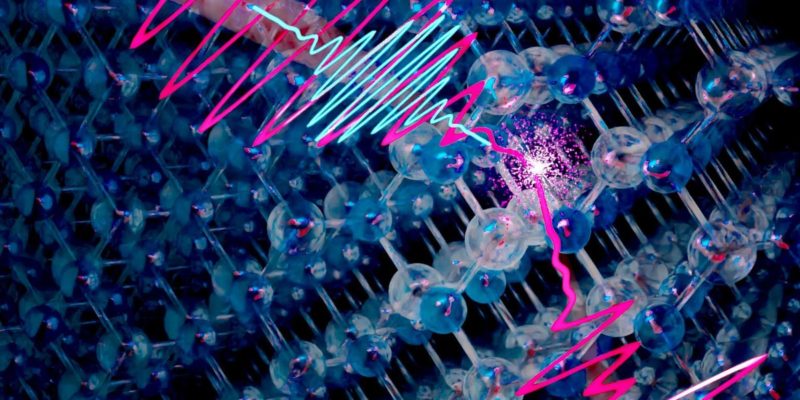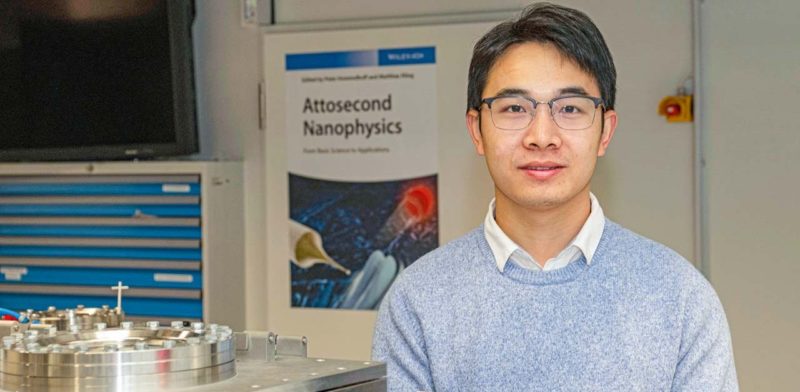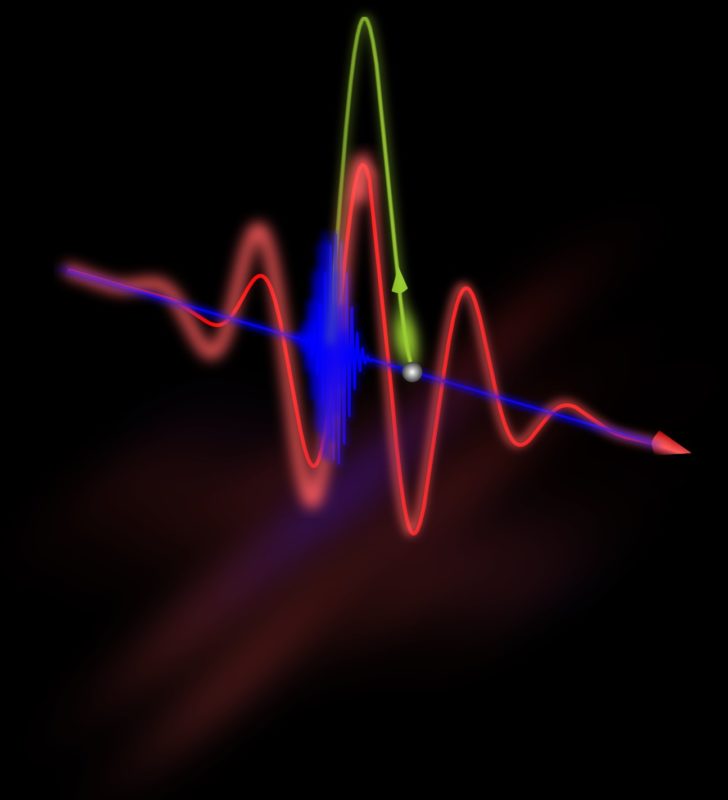Poster award for Najd Altwaijry
At this year’s Max Planck School of Photonics Spring School Conference, Najd Altwaijry won a poster award. Her poster, titled: “Small, cheap method to sample electric fields up to 1PHz” included a 5-min video and explained the technique of “Nonlinear Photoconductive Sampling”. Using this technique, the team managed to sample an extremely short pulse (2,8fs) […]
Read more
